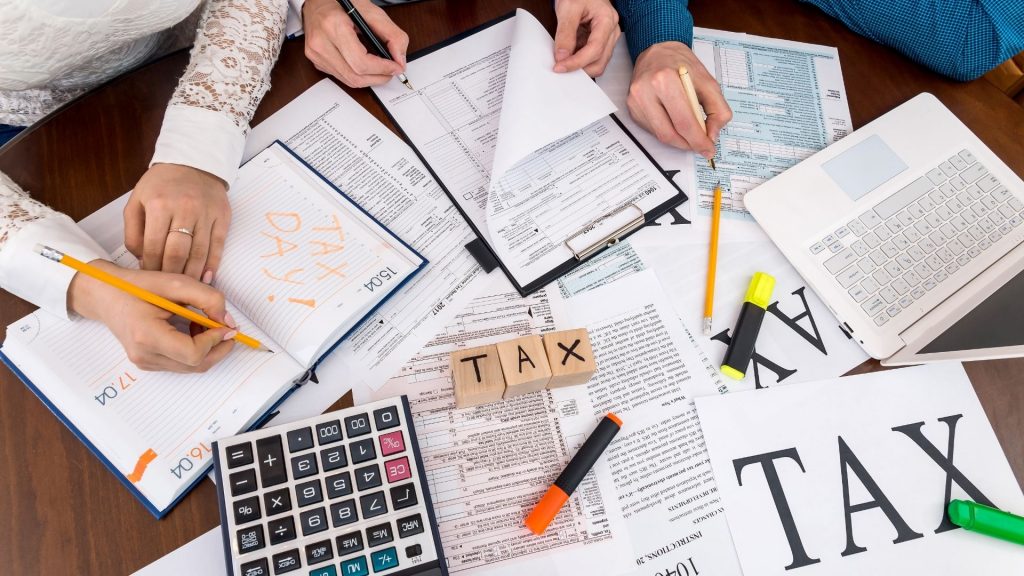So, you’ve studied hard, obtained your degree, landed your first job, got the car and the rented apartment. The world is your oyster! You’re young and not thinking far ahead about retirement.
Whilst driving around, singing at the top of your lungs to your favourite tune, you see again in your mind’s eye the vision of your first payslip. The amount described as “gross”, is pleasing to the eye. Then there is an amount printed next to “cost to company”, which looks even better.
You recall grabbing your cell phone, but only for its calculator, and calculated the difference. Why is there a difference? You notice a description for “Provident Fund contribution”. A-ha! That is the bulk of the difference. If only that amount was added into your net salary, you could have ordered leather seats and the mag wheels.
Saving for retirement might seem almost as boring as staying indoors on a Friday night, but it’s the savviest decision you can make in your early years of work. And, as a bonus, you save in taxes too!
Let us explain the concept of saving for the future, whilst also saving income tax. To illustrate the advantages, we will introduce you to the various products available for saving for retirement and the tax benefits attributable to each. We will focus on the more traditional products and introduce you to endowment policies as an exciting option!

Pension funds
You can only contribute to a pension fund through your employer company and membership is often compulsory. Pension funds are managed by appointed trustees, who decide which assets to include in the fund.
Tax saving because of pension fund contributions
Most employers structure their employees’ packages in such a way that the employer pays a portion towards the pension fund. The portion contributed by the employer is taxed as a fringe benefit. A fringe benefit is a benefit granted by an employer, which you do not receive in cash, but it is included in your taxable income.
However, upon calculating the portion which serves as a deduction for calculating your Pay-As-You-Earn (“PAYE” = income tax on your salary), the fringe benefit portion is added to your own contribution.
The deduction which may be deducted for purposes of calculating PAYE, is limited to 27.5% of the greater of:
- Remuneration for PAYE purposes OR taxable income
In addition, the deduction is further limited to the lower of:
- R350 000 OR 27.5% of taxable income before any capital gain is included
In the instance where a contribution is limited because of a result of the above limitations, the excess is carried over to the next year and deemed to be contributed during that year. Any accumulated excess contributions (not allowed as a deduction), may be deducted when lump sums are withdrawn from the pension fund in future.
Pension funds and retirement
You may take up to a maximum of one third of your savings in a cash lump sum. This cash lump sum is taxable on a sliding scale as follows:
| Taxable income (R) | Rate of tax (R) |
| 1 – 25 000 | 0% of taxable income |
| 25 001 – 660 000 | 18% of taxable income above 25 000 |
| 660 001 – 990 000 | 114 300 + 27% of taxable income above 660 000 |
| 990 001 and above | 203 400 + 36% of taxable income above 990 000 |
The remaining portion, after withdrawing the allowed lump sum, must be used to purchase an annuity (paying you a monthly income), which is taxable. The first R500 000 lump sum withdrawal from a retirement product is tax free.
This is a once in a lifetime limit and may only be applied if the necessary criteria are met.
Members whose fund value is less than R247,500 are not limited to only withdrawing a third as a lump sum. The full amount may be taken as a cash lump sum, subject to tax.
I am leaving my current employer, what now?
If you leave a company before you retire, say, on resignation, you will most probably need to move your retirement savings out of the company fund without incurring any tax payable. You can move your savings either to:
- Your new employer’s pension fund
- A preservation fund
- A retirement annuity fund
You can also take up to a third as a cash pay-out, which will be subject to tax. You will not pay tax on the growth and income within your fund while you’re a member of the fund.
Provident funds
A provident fund is much the same as a pension fund. However, prior to 1 March 2021, when a member resigned or retired, your entire fund value could be taken as cash, which would have been fully taxed (after the R500 000 exemption). The fund did not force you to purchase an annuity.
With the introduction of retirement effective from 1 March 2021, provident funds are now treated like pension funds, in that:
- Fund members are required to take a third of the benefit as a lump sum.
- They must use the remaining two thirds to buy a pension/annuity that provides a monthly income.
I am leaving the company before I retire, what now?
If you leave a company before you retire, for example when you resign or are retrenched, you will most probably need to move your retirement savings out of the company fund. You can move your savings either to:
- Your new employer’s fund
- A preservation fund, or
- A retirement annuity fund.
Any cash pay-out taken will be subject to tax, whilst the growth and income within the fund while you are a member, remains tax free.
Preservation funds
Preservation funds are a specific type of retirement fund, designed to receive lump sum benefits from a pension or provident fund. Preservations funds are triggered when you resign from your employment before retirement.
Preservation funds allow your capital to continue to grow and further allows you to make one partial or full withdrawal from the fund before you reach the age of 55. The balance may only be accessed after you turned 55 years old.
Retirement annuities (RA)
Retirement annuities (RA) allows individuals to make monthly contributions and are independent of employers. Even if you are self-employed, you may choose to save for retirement by means of a RA. An RA is tax deductible in the exact same way than pension fund contributions. An RA also allows contributors to choose the funds in which you want to invest in, within specified limits.
Your RA and retirement
Retirement age is set at 55 years or older. Upon retirement, you may withdraw one third of your fund as a cash lump sum. This lump sum is also subject to tax, at the same rates than pension fund withdrawals. Members are also obliged to purchase an income annuity, which is taxable in the same way than a monthly salary.
The same regulations apply than with other retirement products in that if your fund amounts to less than R247,500, you may withdraw the full amount as a lump sum. Changing jobs will make no difference to your retirement annuity, as it’s independent of your employer.
Endowment policies
Through MyWealthInvestement’s partnership with Discovery, we can provide you with access to an endowment policy. Endowment policies are medium to long term investments that give you access to a wide range of funds, managed by leading fund managers. The objective of investing in these funds, is for you to keep your money invested for at least five years.
Endowment policies may be compared to unit trusts, but with more benefits. Discovery rewards contributors for behaviour, such as investing for longer, investing more and becoming healthier! This is a great incentive and particularly attractive to young investors.
Lump sum capital injections provide a boost to the portion you place in qualifying Discovery funds. This boost is paid in two stages:
- 30% (plus growth at a guaranteed rate) if you stay invested for five years, and
- The balance (plus growth) if you remain invested for ten years.
Income tax on endowment policies
You will not receive a tax deduction for your contributions, as you would with the more traditional funds. However, as per current legislation, you will be greatly rewarded at retirement since there will be no tax payable at the end of the investment!
Endowment policies are taxed as follows:
- The growth on your investment is taxed at a maximum rate of 30%. The resulting tax is not an actual expense for you, but rather just an overall diminished return. This is attractive to investors who pay income tax at a marginal rate of 30%.
- Endowment policies further increase because of the distribution of dividends. Dividends are subject to a withholdings tax of 20%.
- Capital gains are taxed at 12%.
- Proceeds from endowment policies are paid directly to beneficiaries at your passing and are excluded from your estate for estate duty purposes.
- There is no further tax payable at the end of your investment – a true incentive to consider an Endowment Policy as your chosen investment for the future!
Conclusion
It’s never too soon to get your money affairs in order. If you would like more information on the retirement products above, get in touch right away with MyWealth Investments. It’s your money, you’ve worked hard for it. Look after it wisely.







